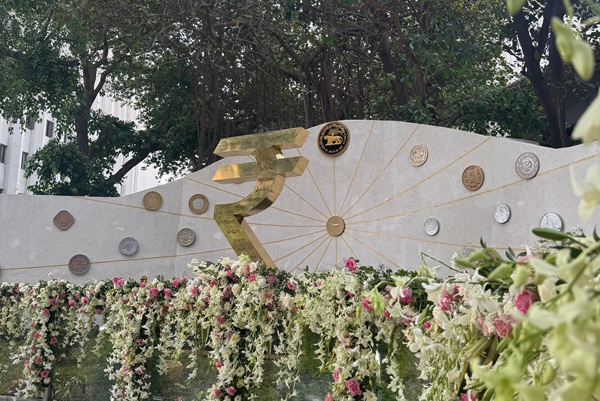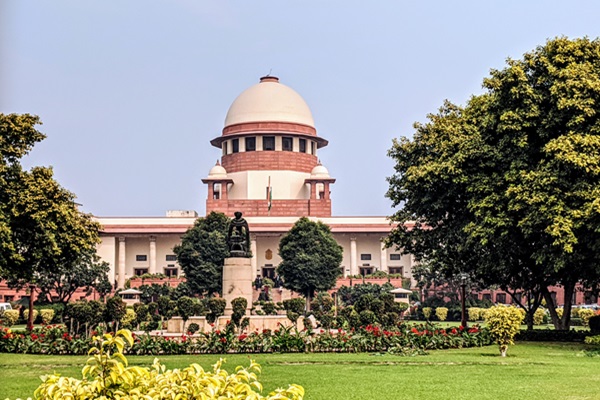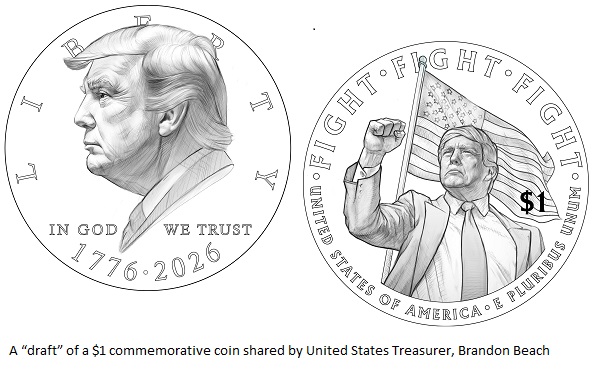.png)
By Quixotic Banker
Tilting at windmills, learning with poise, Quixotic Banker blends three decades in International Banking & Global Markets with a practitioner’s eye and a student’s temperament.
October 4, 2025 at 12:28 PM IST
India’s push to internationalise the rupee has now moved from aspiration to execution.
The Reserve Bank of India’s October monetary policy proposals, allowing authorised dealer banks to lend rupees to non-residents for trade, establishing transparent reference rates for partner currencies, and expanding the use of Special Rupee Vostro Accounts, signal intent. Each is a forward-looking step, and yet each also carries structural considerations that must be confronted if the rupee is to find a genuine footing in cross-border trade.
The proposal to let Indian banks lend in rupees to counterparts in Bhutan, Nepal, and Sri Lanka enables local importers to pay Indian exporters in rupees, with their banks sourcing liquidity through such loans. Effectively, local banks sell rupees against their currencies, funded by borrowing from Indian banks, leaving them short of rupees against local currencies.
While this closes the transaction loop, India’s trade surplus with these countries means their systems face a persistent rupee shortage. Imports exceed exports, so deficits must be financed through rupee credit lines, which are only sustainable if exports from these economies to India rise over time. Otherwise, their banks remain oversold on rupees and are perennially exposed to market risk.
For Indian banks, the exposure is no less complex.
Lending in rupees to non-resident banks creates credit risk that is compounded by modest ratings and fragile external positions. Enabling rupee swaps by Indian banks against their domestic currencies reduces credit risk when compared to outright lending in Indian Rupees. However, it still exposes Indian banks to the challenges of deploying domestic currencies (obtained through swap) in their domestic market.
Banks with overseas branches in these countries may find limited relief for deploying local currency funds, yet even they remain bound by prudential exposure limits. Without coordinated measures to reduce structural trade gaps, such rupee loans or swaps will have to be rolled over repeatedly, creating rollover and concentration risks.
Where bank balance sheets lack the capacity to bear risk, the regulators and sovereigns need to backstop until confidence picks up for the mechanism to work seamlessly on its own.
Reference Rate
Unless the underlying currency pairs are actively traded, reference rates will remain static and unattractive. Hidden costs of illiquidity then creep into settlements, reducing efficiency.
The problem is structural: intermediaries would need to warehouse currency and credit risks on their balance sheets, but commercial banks are neither equipped nor incentivised to hold large unhedged exposures. With some of India’s trading partners, bilateral trade imbalances add another layer of distortion.
Solutions will require more than notional benchmarks. They demand promoting trade among partner nations settled in domestic currencies bilaterally, deepening market-making capacity as bids and offers emerge in rupee-based currency pairs, with an overarching infrastructure to sustain confidence in those rates.
Vostro Accounts
If a non-resident intermediary steps in, they must buy rupees against local currency and hold the balances. Currency risk is rarely compensated by interest rate differentials, since exchange rates tend to be more volatile than yields. An overseas regulator may agree temporarily to hold rupees as reserves, provided the mismatch narrows over time. Otherwise, the risk shifts to Indian stakeholders, who may have to borrow to fund short sales of partner currencies—exposing themselves to volatility.
Ultimately, the question is: who bears the risk, and what incentives justify it? Structures can allocate this burden to banks, regulators, or both, depending on their balance sheet strength. A workable extension is to incentivise merchanting trade, where Indian intermediary traders import goods required by partner countries (in any currency) and re-export them, invoiced in rupees, to partner countries. Over time, such triangular flows can bridge trade imbalances and build genuine rupee liquidity, as the export leg is settled under bilateral arrangements in domestic currencies.
Across all three measures, a common thread emerges: risk, which can be managed only through coordinated action, a structured framework, and well-calibrated nudges, incentives, and backstops.
Building Confidence
Internationalising a currency is about building confidence that obligations can be met across jurisdictions without friction, and that risks are fairly shared.
China’s experience with the renminbi, or even the euro’s early years, shows how vital it is to pair ambition with infrastructure and credible risk absorbers. India’s proposals are steps in that direction, but they can be accompanied by the deeper architecture needed to make them self-sustaining.
The policy direction is clear: India wants the rupee to travel. But aspiration must be backed by an enabling framework to build momentum. Sustaining internationalisation requires more than just fixing the plumbing of settlement—it also needs attention to trade balances, credible risk-sharing and genuine liquidity in rupee pairs. Only then can the rupee secure a role abroad that goes beyond the symbolic.




